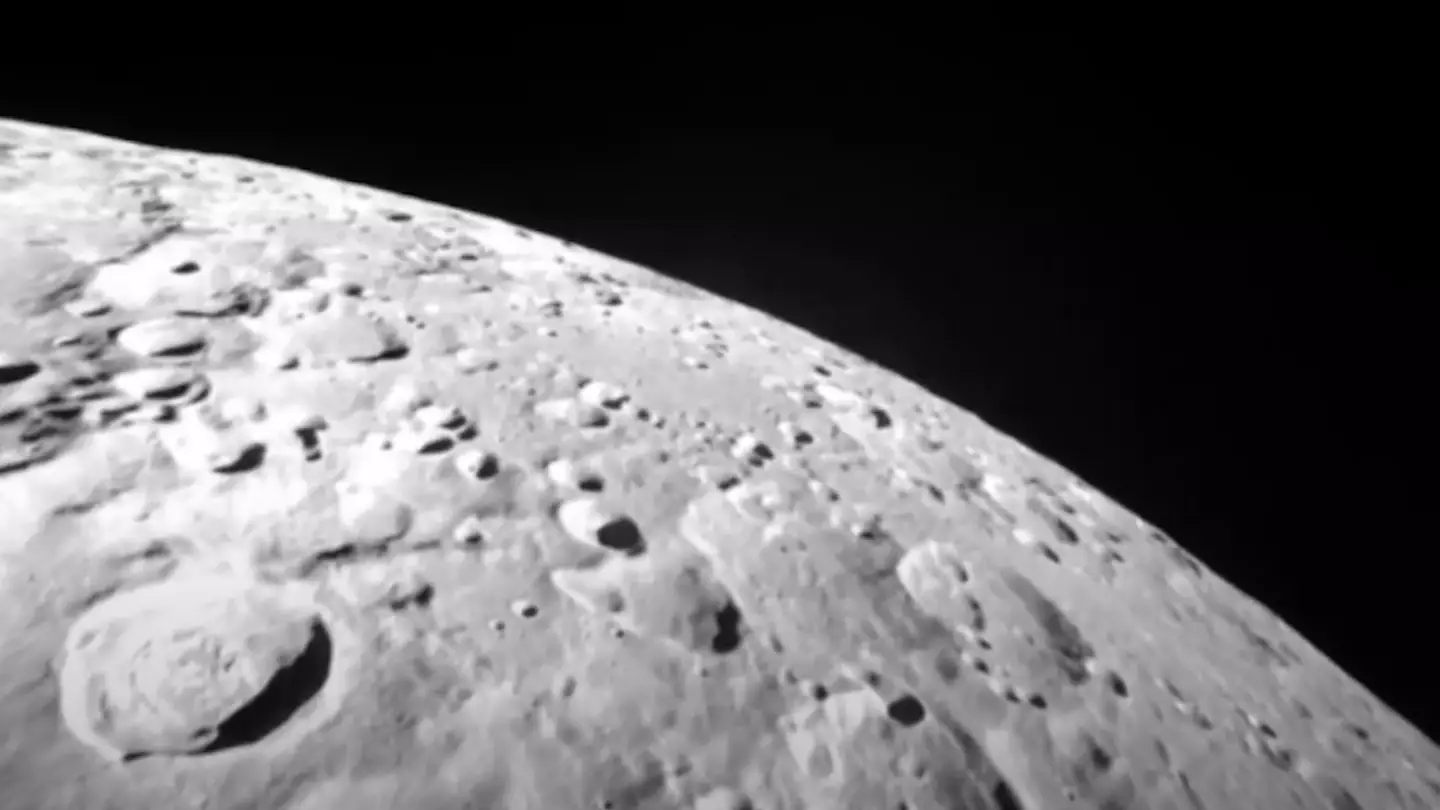
Featured Image Credit: YouTube/Firefly Aerospace
Topics: Space, Moon, Technology

Topics: Space, Moon, Technology
Joe is a journalist for UNILAD, who particularly enjoys writing about crime. He has worked in journalism for five years, and has covered everything from murder trials to celeb news.
@JMYjourno